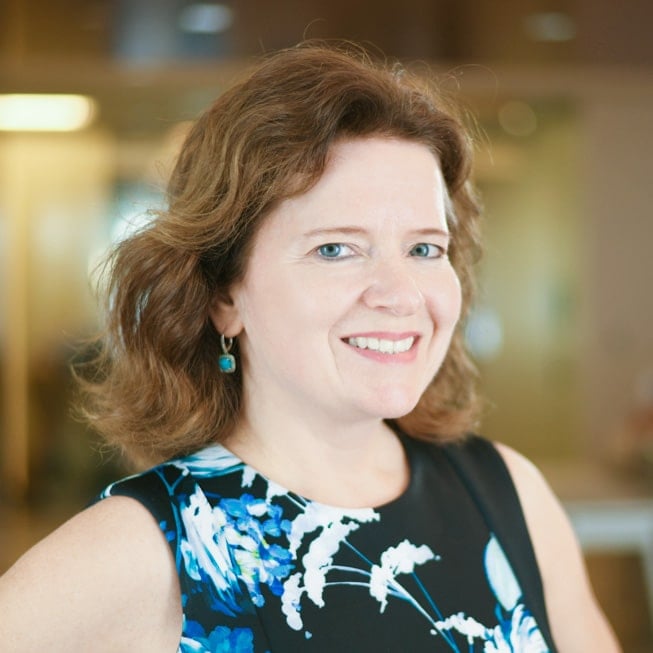Charlene Lake,
Chair, Public Affairs Council
December 17, 2018
In October, I became chair of the Public Affairs Council, a professional association established in 1954 that aims to advance the field of public affairs and provide valuable resources to those working within the profession.
Public affairs is a discipline of importance in today’s society as it focuses on the complex intersection of politics, business and civil society.
As I step into this new role with the Council, I’ve spent some time reflecting on my own career. I didn’t study politics in school, and public affairs was not part of my early working years. I had been honing my craft in communications when my company’s head of government affairs asked me to start a public affairs practice at the company. It was almost entirely new to me, but I quickly embraced the challenge and opportunity of the discipline, which blends communications, policy and social consciousness.
Years later, my appreciation for the practice continues to grow, as has my admiration for those working to promote positive change within the profession. The Council already has done amazing work in its 60+ years, but we still have plenty of opportunity to enhance resources for our members. That’s why one of my focuses as chair will be helping make the next generation of public affairs professionals as diverse as the population we aim to reach.
While public affairs is a blend of functions, it largely draws talent from the political environment. So it’s no surprise that the lack of diversity in public affairs mirrors what we’re still seeing in today’s political representation. We are an electorate that is 50% female, yet women hold only 23.4% of the seats in Congress. Although the congressional freshman class of 2019 has been described as one of the most diverse of all time – 42 women and 23 people of color – there’s more work to be done. And looking behind those who are in public office reveals more challenge. In the 2016 presidential election, only two of the 13 primary campaigns were managed by women.
Those of us in leadership positions within the field must actively promote diversity. A homogenous group of individuals is less credible and capable of providing good counsel related to a multi-cultural, multi-generational and multi-faceted nation. To reach beyond a limited audience, programs should be conceived, created and executed by teams that are more representative of our society overall.
I feel passionate about working to attract the best and brightest into a profession that has taught me so much and given me many opportunities for growth. To keep it vibrant, we must put energy into populating a pipeline of talent with fresh and diverse thinking. We should challenge ourselves to promote our profession on college campuses, offer intern opportunities to underrepresented youth, and hold ourselves accountable for developing a culture of diversity and inclusion in our workplaces.
The Public Affairs Council is in a unique position to drive great progress on this issue. On Feb. 21, 2019, the Council will host a “Diversity and Inclusion in Public Affairs” webinar. The program will explore the importance of building diverse public affairs teams and developing strategies and messaging that speak to all segments of the population. It’s critically important that we engage in dialogue around this issue, and I look forward to the upcoming conversation.
Lastly, I’d love to hear your thoughts – what do you think the public affairs profession could do better to build a more diverse talent pipeline? With our collective commitment and sharing of ideas, we can drive positive change.


